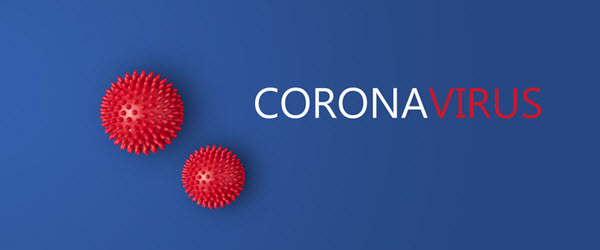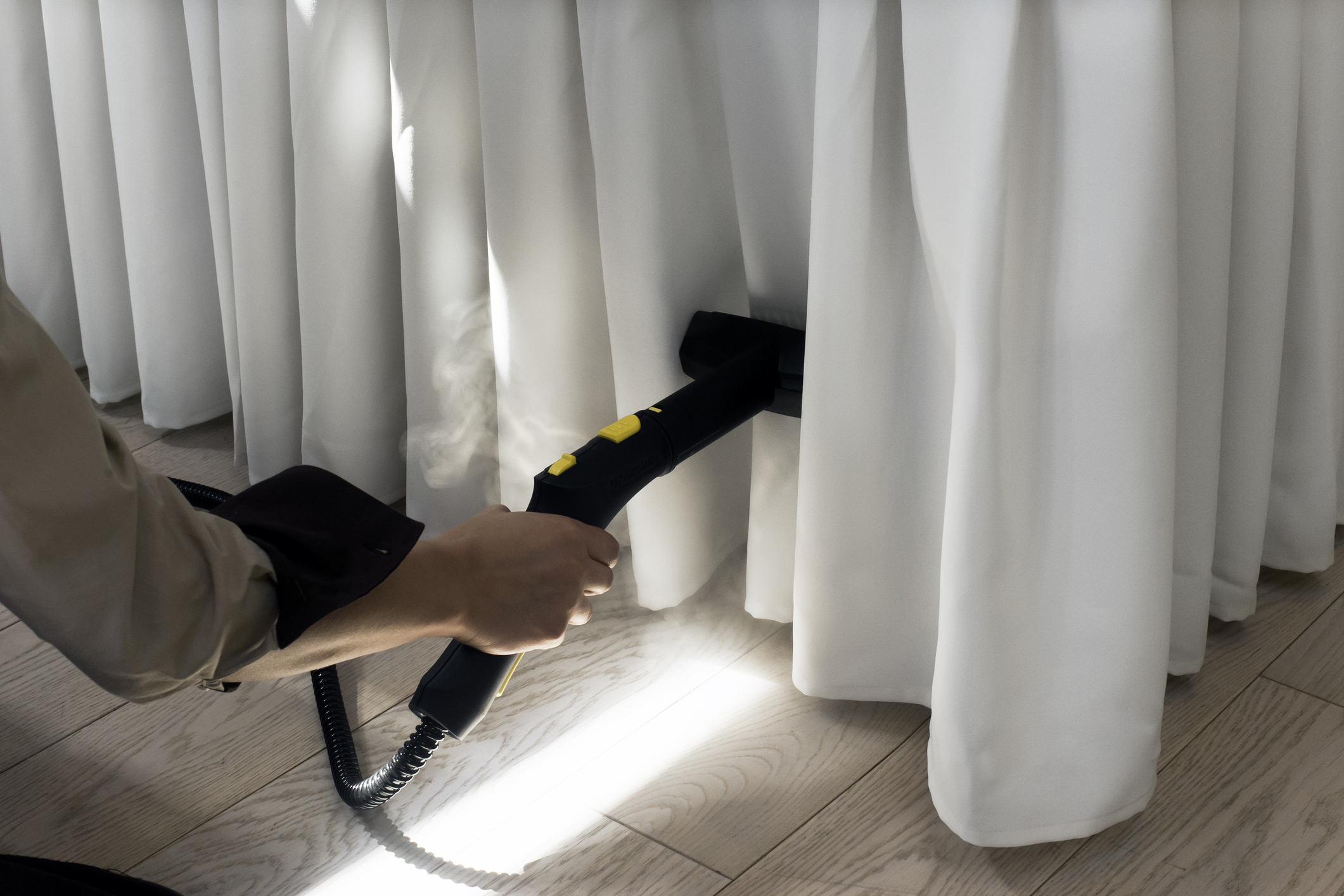Here are just a few of the many ways you can put salt to good use in your home
 How many ways can you use salt? According to the Salt Institute, about 14,000! I can’t think of another more versatile mineral. The use of salt to preserve food was one of the early cornerstones of civilization (preservation lessened the dependence on seasonal food, and provided sustenance for traveling over long distances). However, salt was very difficult to obtain. With modern production methods, nowadays salt is the most common and readily available nonmetallic mineral in the world; in fact, the supply of salt is inexhaustible.
How many ways can you use salt? According to the Salt Institute, about 14,000! I can’t think of another more versatile mineral. The use of salt to preserve food was one of the early cornerstones of civilization (preservation lessened the dependence on seasonal food, and provided sustenance for traveling over long distances). However, salt was very difficult to obtain. With modern production methods, nowadays salt is the most common and readily available nonmetallic mineral in the world; in fact, the supply of salt is inexhaustible.
Since at least medieval times salt (sodium chloride) has been used for cleaning–and ensuing generations have continued to rely on it for all kinds of nifty tricks around the house. (Ah, for the days before toxic chemicals promised the convenience of an easy fix!) So with its non-toxic friendliness and top-dog status as an endlessly abundant resource, let’s jump on the granny bandwagon and swap out some toxic solutions for ample, innocuous and inexpensive salt.
But first, let my inner science geek pipe in for just a second (although if I eat dinner with you, I promise not to ask you to please pass the sodium chloride). There is a whole class of chemical compounds called “salts,” but the salt we’re talking about is good old sodium chloride–an ionic compound with the formula NaCl. Sodium chloride is the salt most responsible for the salinity of the oceans and of the extracellular fluid of many multicellular organisms (which is why it is vital for us), and the major ingredient in edible salt. There are a number of forms of salt produced for consumption (and by default, housekeeping!): unrefined salt (such as sea salt), refined salt (table salt), and iodized salt. Kosher salt is sodium chloride processed to have flat crystals. And in case you’re wondering, Epsom salt is an entirely different animal: magnesium sulfate to be exact (which is a salt that I consider to be, essentially, miraculous).
Okay, lab coat off, Hints-from-Heloise hat on. Here are just a few of the many ways you can put salt to good use in your home:
In the Kitchen (Part 1)
Aside from all of the alchemy that salt performs in terms of baking chemistry and food flavor, salt has a number of other great applications in the kitchen.

Add to boiling water. Many people think that adding salt to water on the stove will make it boil quicker. It isn’t true! But, salt does make water boil at a higher temperature, thus reducing cooking time.
Set poached eggs. Because salt increases the temperature of boiling water, it helps to set the whites more quickly when eggs are dropped into the water for poaching.
Test egg freshness. Put two teaspoons of salt in a cup of water and place an egg in it–a fresh egg will sink, an older egg will float. Because the air cell in an egg increases as it ages, an older egg is more buoyant. This doesn’t mean a floating egg is rotten, just more mature. Crack the egg into a bowl and examine it for any funky odor or appearance–if it’s rotten, your nose will tell you. (Bonus fact: if you have hard boiled eggs that are difficult to peel, that means they are fresh!)
Prevent fruits from browning. Most of us use lemon or vinegar to stop peeled applesand pears from browning, but you can also drop them in lightly salted water to help them keep their color.
Shell nuts. Soak pecans and walnuts in salt water for several hours before shelling to make it easier to remove the meat.
Prevent cake icing crystals. A little salt added to cake icings prevents them from sugaring.
Remove odors from hands. Oniony-garlicy fingers? I like soap and water, then rubbing them on anything made of stainless steel (it really works), but you can also rub your fingers with a salt and vinegar combo.
Reach high peaks. Add a tiny pinch of salt when beating egg whites or whipping cream for quicker, higher peaks.
Extend cheese life. Prevent mold on cheese by wrapping it in a cloth moistened with saltwater before refrigerating.
Save the bottom of your oven. If a pie or casserole bubbles over in the oven, put a handful of salt on top of the spill. It won’t smoke and smell, and it will bake into a crust that makes the baked-on mess much easier to clean when it has cooled.






